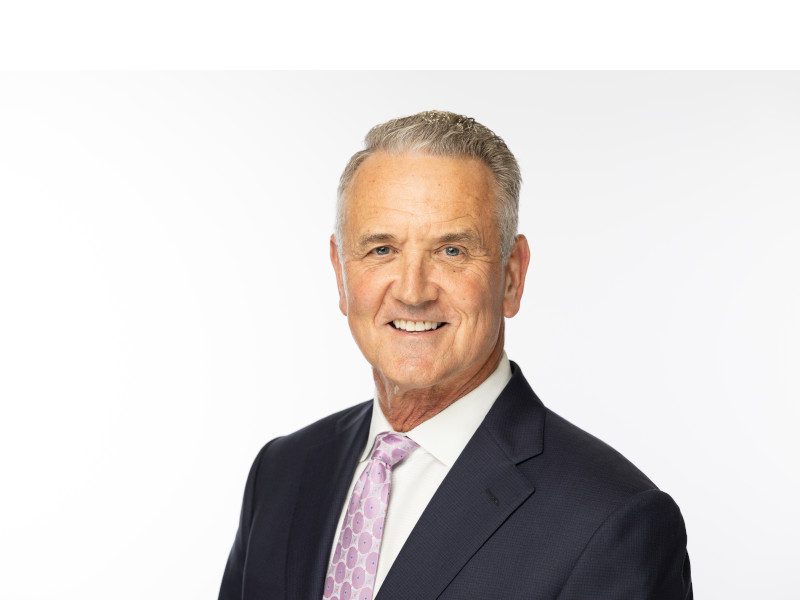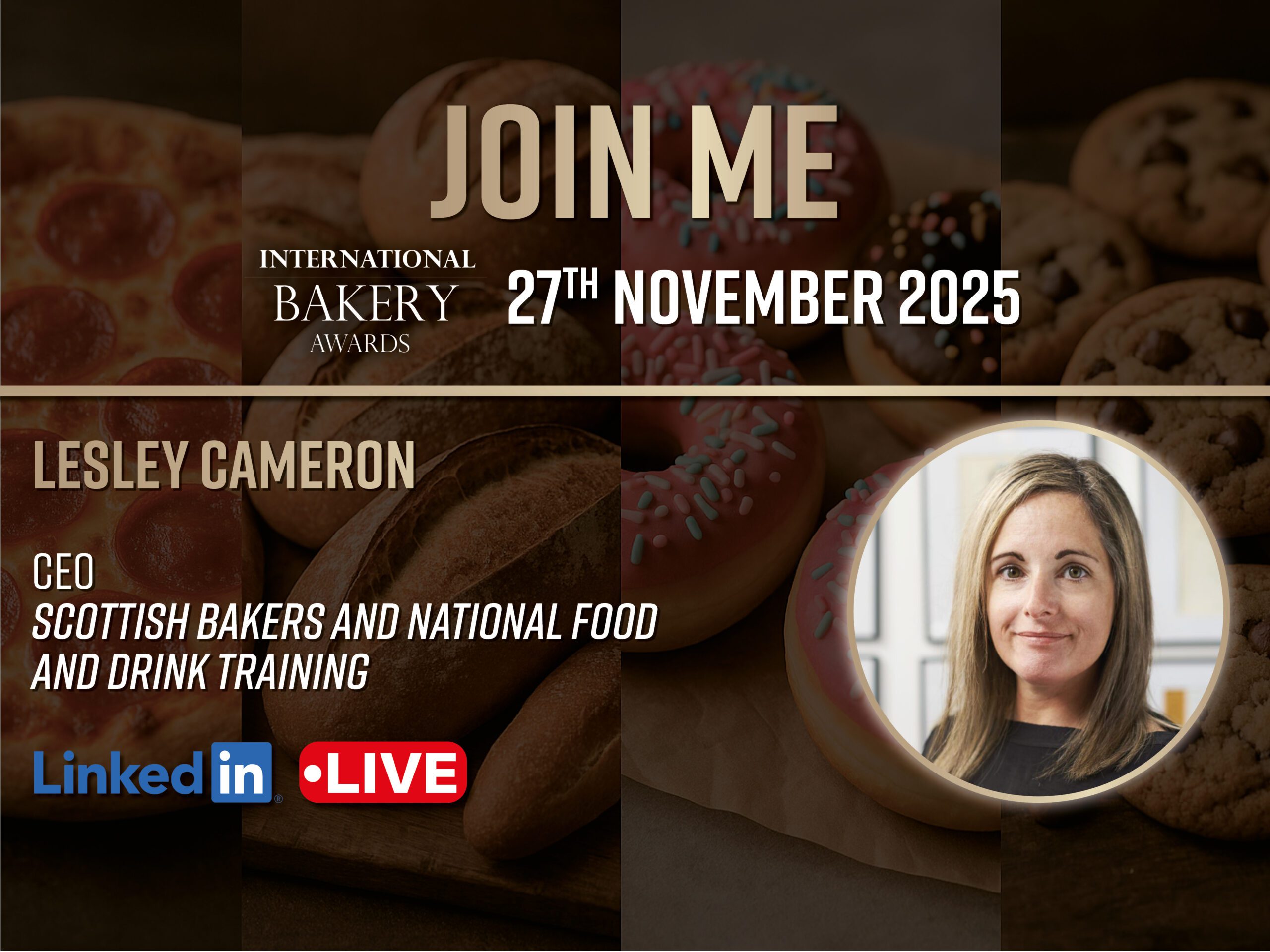International Bakery Editor Joseph Clarke speaks with Stefania Montalti, Communications Manager at CEPI, to discuss how the company’s heartbeat of innovation, partnership and purpose has powered four decades of global growth from its roots in the Apennine mountains
2025 is a very special year for you. Could you explain why?
It definitely is! It was 1985 when we started this adventure in Forlì, at the feet of the Appennine mountains where our families trace our origins. First, the Ceccarellis and Milanesis, then, the Montaltis and Riccardis. And now we celebrate our fortieth anniversary since we began the design and manufacture of systems for the storing, transportation and dosing of raw materials. 40 years of ingredient handling, and because our business is ingredients, we are compelled to look at what the ingredients of our story are.
In 2025, our turnover is 41 millions euros, our workforce is 172 people, we worked with 66 countries in the five continents, taking part to more than 20 show trade events the world over. We did more than two thousand deliveries and more than a thousand shipments, with around 350 construction sites including service and revamping, and a thousand missions. Since we began, we have launched around 5000 installations, with an average of 110 exclusive turn-key systems every year.
We are proud of these numbers, but they don’t tell the whole story. Thinking about ingredients, we have decided to use this opportunity to reflect on what made us come this far. I mentioned the families that worked together to develop this company, and that is definitely the first building block: partnership, as the foundation of our work. It’s what we want to celebrate the most: the ability to bring together different visions to create our own unique path, not just among the leadership but with everyone who works with us on every level. Welcome to the beat is the motto we chose for our anniversary, and it perfectly represents how central relationships are to us.
But it doesn’t stop there. Creativity and innovation, design and production, durability and regeneration: it is by seeing ourselves as a beating heart of technological development that we have grown globally, collaborating with leading brands in the food sector to tell a tale of strength, energy and commitment. Our growth has been horizontal and participatory, based on sharing and spreading a positive impact: a constant beat, which we wish can regenerate and innovate, enhancing people, territories and economies. CEPI’s essence is this: an organisation that strives the most to be dynamic, balanced and responsible, to build and not just assemble, to adapt while creating new solutions.
So, how did this technological heartbeat spread from the Appennines to the world?
All our families used to live in the Forlì Apennines, mostly as farmers between the municipalities of Bagno di Romagna and Santa Sofia. After the second world war, the Ceccarellis and the Montaltis emigrated to Belgium to become miners, a background that influenced us to always have an international outlook from inception, with France as the first reference market alongside Italy. The meeting between these four men was special: an engineer, a manufacturer, a food technician and a technical salesman. From the beginning, it led to a plural and democratic approach to governance, and placed technology firmly central role in our work. These two intrinsic, unchanged themes in our mission not only steadily drove our growth but added an irreplaceable value for the users of our installations. We like to think of CEPI not just as a business venture, but an idea factory, where innovation emerges constantly from a deep engagement with each aspect of the customer’s unique processes and the need to develop more and more specialised solutions, leading to an unparalleled technological range in our sector.
And this orientation to partnership trickling down from our leadership means collaboration is natural to us, something we seek both inside and outside our company. It has been seamlessly inherited by he second generation– from Sandra Ceccarelli as CFO, Igor Riccardi as Sales Director, Luca Ceccarelli overseeing R&D, Mattia Riccardi on Logistics and Stefania Montalti on Communications. More ideas, more talent, more synergy at the service of each system we built. All this means flexibility and fast responses to requests for support, and a wide network of local technical partners ready to step at any time. Ultimately, it led to a true and tested working model that is always turn-key and always customer-centered. Now in 2025, we are one of the major bulk-handling providers for the food industry globally, with expertise in the management of all ingredients and all geographical markets, working for some of the most important companies from all sectors of food manufacturing.
Through the years, thanks to this approach, we have built a solid network of commercial partners with the countless collaborators that we have cultivated on the five continents. Strong, common roots paired with a global, interconnected view of the work seeking mutual growth: in a way, it’s history like that of a tree, well anchored to the soil but with branches reaching towards the sky and the future. “Everything started with flour”, is what we often say: our first projects where with local small and middle sized bakeries. And while flour is still one of our unquestioned protagonists, we now build systems for main players of sectors from ice cream to protein bars to pet food, managing decades of complex ingredients at once. The installation as a whole is the most important product rather than any single machine, and customisation is the most important service.
This thinking in terms of systems, where technological development meets the building of relationship, has traversed our history. It has shaped our identity and the growth not only of our business partnerships, our ties with the local community, our desire to support students and research, and our desire to build a strong sense of belonging and pride in our team. That is exactly what a heartbeat is for: it spreads lifeforce and energy from the inside out, but it’s mutually enriching, connecting us in our common goals.
How has your vision evolved through the years, and can you tell us how it has impacted on your design method?
When we look at our timeline, we see a lot of landmarks we are proud of: the launch of our automation department, the start of direct manufacture of silos, our first international tradeshows, partnerships formed across continents, the steady introduction of new technologies, the transfer to a new headquarters and a decade later to another as a testament to our growth. As you can see, there’s a red thread: from local to global and back, we have not stopped pursuing technological excellence, we have not stopped investing in the power of networks and relationships. Our product, our method, our process and our innovation itself are all tailor-made. This is why we internalised the almost totality of processes, starting with the entirety of the automation, to ensure we had a thorough knowledge and control of the installation and could provide assistance with very short reaction times. Mechanical and electrical design, automation, quality control, logistics and commissioning, but it doesn’t stop there. Our after-service is responsive, seamless and local from maintenance, to spare-parts, to testing and training: we offer the whole package because we know how critical it is. Just as critical as having all your ingredient management handled by a single system: not just storing, transport and dosing operations, but all finishing processes.
Bulk-handling involves more than just silos, and our method sees all operations in their totality, and the way they interact with each other. With this systematic thinking, we design the dosing system by analysing customer processes thoroughly, considering all aspects from raw materials to marketing and future production projections, in order to create flexible solutions that will easily accommodate future developments. This is what makes our systems so durable, fitting with the principles of the circular economy model.
Read the full interview in our latest issue






